Apple’s Stock Price Is Too Cheap to Ignore
With a low valuation, a ridiculously rich balance sheet and a new iPhone on the way, Apple shares should reward patient investors.

Buy a gleaming new iPhone and you won’t find an instruction manual in the box. Shares of Apple (symbol AAPL, $94.09) don’t come with one, either, though investors may wish they had one.
Few stocks are as confounding as Apple. The world’s most valuable company—worth $521.7 billion—is hauling in some $50 billion in revenues every three months. It sits on $216 billion in cash and securities. And it earned a record $18.4 billion in the three-month period that ended December 26, 2015. No other company comes close to numbers that titanic.Yet Apple’s gargantuan size may be its greatest obstacle. The iPhone has long been the firm’s biggest product, accounting for 68% of its revenues in the last quarter. But so many people now own the device—with more than 500 million sold around the world—that sales growth may have peaked. Although Apple sold 74.8 million iPhones in its latest quarter, sales were flat compared with the same period a year earlier. Revenues from iPads and Mac computers slumped. And sales of ancillary products, such as Apple’s streaming TV box and watch—up 62%, to $4.4 billion—aren’t big enough to nudge the bottom line. Moreover, Apple predicts an 11% year-over-year decline in revenues for the three-month period ending this March—its first quarterly sales slide in 13 years.
All of this has weighed heavily on Apple’s stock. On January 27, the day after Apple released its latest earnings report, the stock fell 6.6%. All told, the shares have fallen 29% since they closed at $133 on February 23, 2015. Over the same period, Standard & Poor’s 500-stock index has dropped 10%. (Returns, which include dividends, and current prices are as of January 28.)Does the pullback make the stock worth buying? Based on traditional valuation measures, shares do look cheap, trading at a bit more than 10 times estimated earnings for calendar year 2016. That’s about one-third less than the price-earnings ratio of 15 for the S&P 500. Apple also looks like a bargain compared with other tech firms. Google’s parent company, Alphabet (GOOGL, $748.30), trades at 22 times estimated 2016 earnings. Facebook (FB, $109.11) clocks in with a P/E of 38.
From just $107.88 $24.99 for Kiplinger Personal Finance
Become a smarter, better informed investor. Subscribe from just $107.88 $24.99, plus get up to 4 Special Issues

Sign up for Kiplinger’s Free Newsletters
Profit and prosper with the best of expert advice on investing, taxes, retirement, personal finance and more - straight to your e-mail.
Profit and prosper with the best of expert advice - straight to your e-mail.
Of course, Alphabet and Facebook are generating much-faster earnings growth. Forecasts for Apple aren’t nearly as positive in the near term. Analysts see earnings dipping 0.4%, to $9.18 per share, in the current fiscal year. Profits should pick up thereafter, climbing about 9% annually over the next two fiscal years, according to the average of analysts’ estimates.To Apple’s fans on Wall Street, the firm is wading through a temporary slowdown. On January 27, UBS analyst Steve Milunovich cut his 12-month price target from $130 to $120. But he maintained his “buy” rating, arguing that the stock’s P/E ratio should inch up as Apple’s earnings improve with the rollout of the iPhone 7, expected this fall. At the current share price, he says, “the bottom may not be far away.”
Although some growth funds have bailed on the stock—which may now be more appealing to value investors—some growth-stock pickers still like Apple’s chances. Michael Sansoterra, comanager of the RidgeWorth Large Cap Growth Stock Fund (STCFX), says he trimmed his stake in the stock last fall. But it’s still his top holding, and he views it as a good long-term bet. The bullish case, he says, is that Apple’s stock is settling into a predictable boom-bust pattern based on iPhone product cycles. Although the firm comes out with a new version of the device every year, it only changes significantly every two years. Sales of the current in-between generation, the iPhone 6s, have been lackluster, pulling the stock down.
But history suggests this may be a buying opportunity. In 2013, Apple’s stock lagged the market after the firm made minimal changes to the iPhone 5's successor. The shares returned 7.6% that year, compared with a 32.4% surge for the S&P 500. In 2014, the stock took off, climbing 40% as investors anticipated the launch of the iPhone 6, a larger-screen device that became a blockbuster.
Whether that pattern will repeat itself is debatable. The smartphone market is now more saturated and competitive. Apple’s pricey phones may have a tougher time fending off rivals. Profit margins have slipped as the company’s sales mix has included more lower-end phones and products that aren’t as profitable as the iPhone. The firm is also grappling with the impact of a strong dollar (which makes earnings in foreign currencies worth less when converted to greenbacks). Even if the iPhone 7 becomes a big hit, a slowdown in China, where Apple continues to see strong growth, could result in weaker sales of iPhones and other goods.
Still, Apple’s hefty advantages aren’t going away. The company now says it has 1 billion “active devices” in use worldwide. That’s an enormous base of products that Apple can use to sell more software, services and hardware upgrades. Apple can also deploy its financial muscle to buy back more shares, hike its dividend (the stock yields 2.2%, a bit higher than the overall market) or make some acquisitions. New services and products, such as Apple’s new streaming TV device and watch, should eventually help its bottom line, too.
All in all, Apple’s stock should gradually recover from here, says Sansoterra. At the current price, “the stock is just about washed out,” he adds. “It’s not the buy-and-hold stock it was 10 years ago. But it’s lined up nicely for the next 12 to 18 months.”
Profit and prosper with the best of Kiplinger's advice on investing, taxes, retirement, personal finance and much more. Delivered daily. Enter your email in the box and click Sign Me Up.

-
 The Stoic Retirement: Ancient Wisdom for Today's Reality
The Stoic Retirement: Ancient Wisdom for Today's RealityA "Stoic retirement" doesn't mean depriving yourself. It's a character-based approach to life and aging that can bring calm and clarity.
-
 My Teen Crashed His Car and Now Our Insurance Has Tripled. What Now?
My Teen Crashed His Car and Now Our Insurance Has Tripled. What Now?Dealing with the costly aftermath of a teen car accident is stressful. Here are your options for navigating it.
-
 11 Outrageous Ways To Spend Money in Retirement
11 Outrageous Ways To Spend Money in RetirementWhether you have excess cash to spend or want to pretend, here’s a look at 11 ridiculous ways retirees can splurge.
-
 Crypto Trends to Watch in 2026
Crypto Trends to Watch in 2026Cryptocurrency is still less than 20 years old, but it remains a fast-moving (and also maturing) market. Here are the crypto trends to watch for in 2026.
-
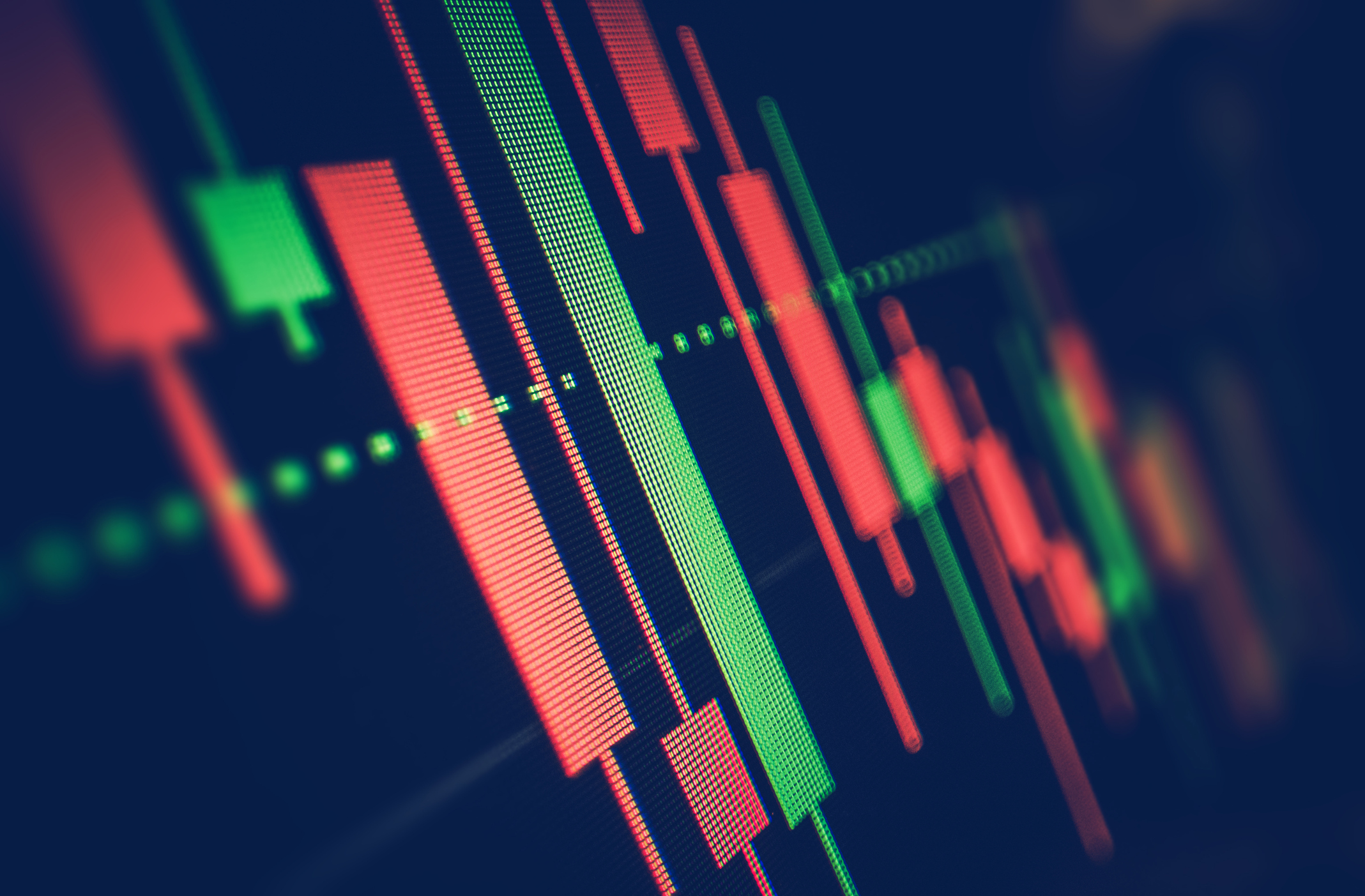 Dow Slides 427 Points to Open December: Stock Market Today
Dow Slides 427 Points to Open December: Stock Market TodayThe final month of 2025 begins on a negative note after stocks ended November with a startling rally.
-
 If You'd Put $1,000 Into Coca-Cola Stock 20 Years Ago, Here's What You'd Have Today
If You'd Put $1,000 Into Coca-Cola Stock 20 Years Ago, Here's What You'd Have TodayEven with its reliable dividend growth and generous stock buybacks, Coca-Cola has underperformed the broad market in the long term.
-
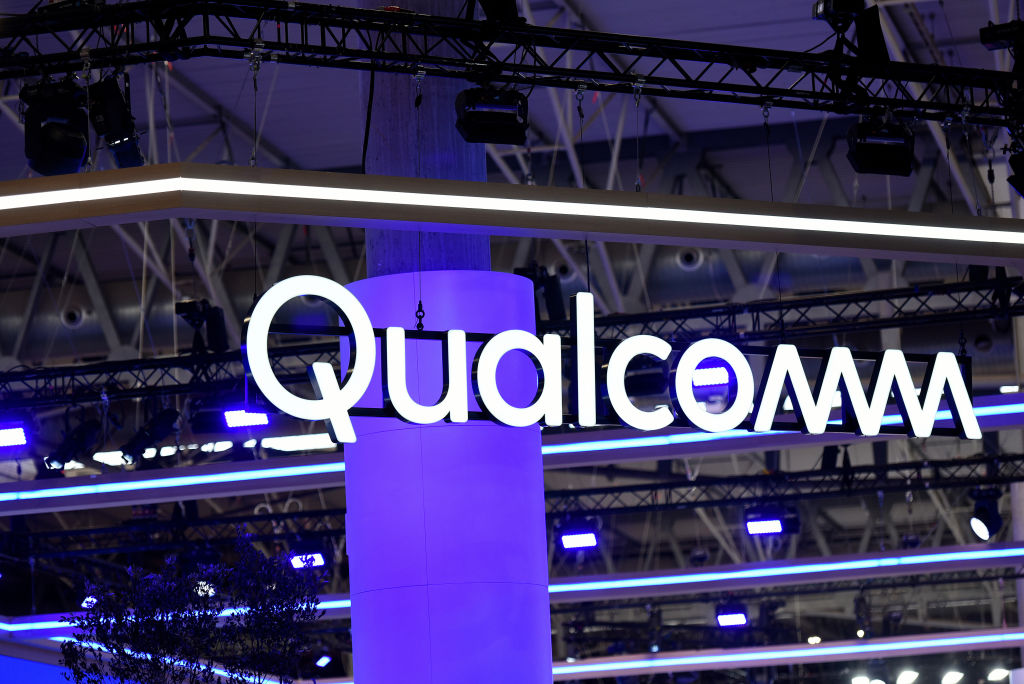 If You Put $1,000 into Qualcomm Stock 20 Years Ago, Here's What You Would Have Today
If You Put $1,000 into Qualcomm Stock 20 Years Ago, Here's What You Would Have TodayQualcomm stock has been a big disappointment for truly long-term investors.
-
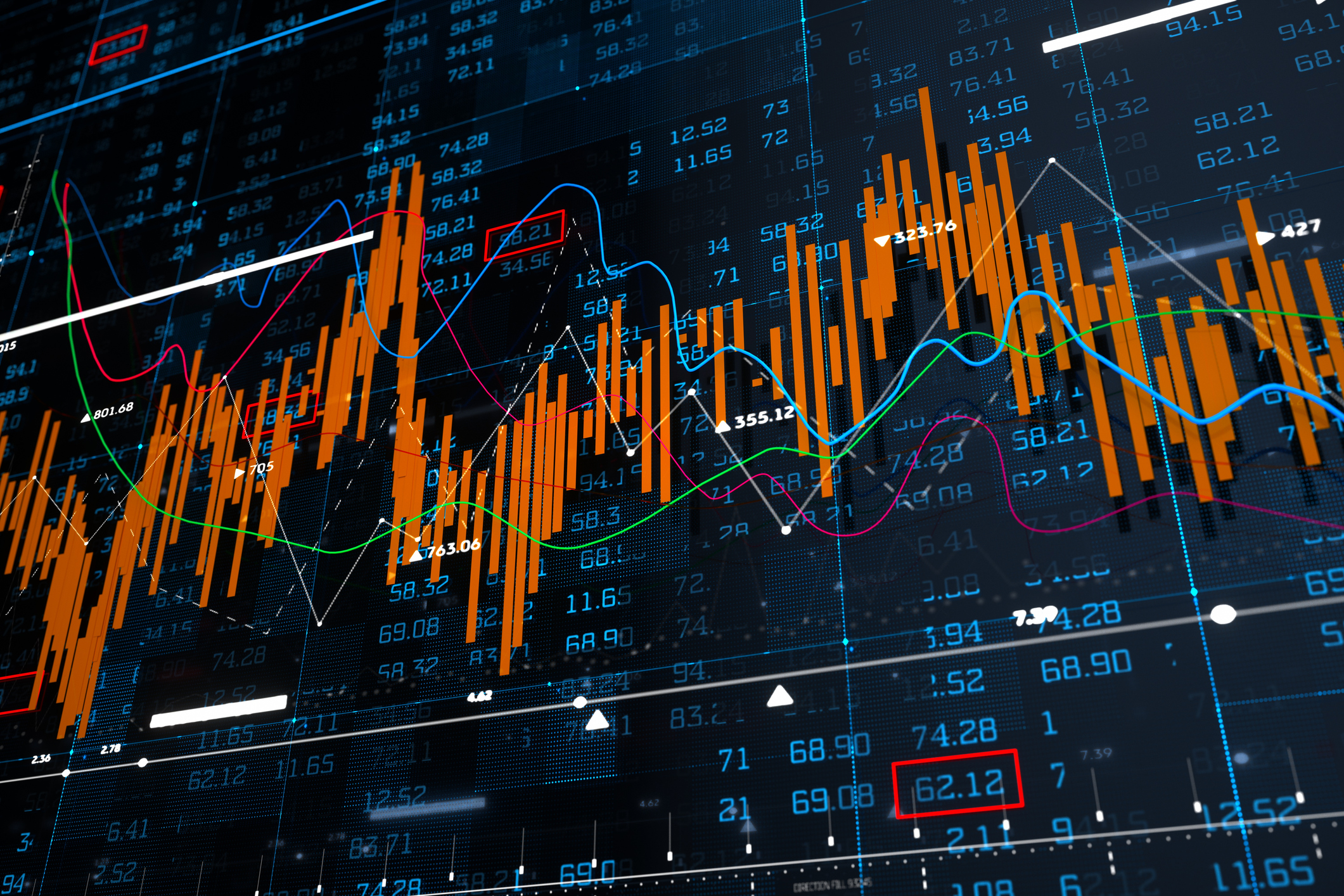 Stocks Extend Win Streak on Black Friday: Stock Market Today
Stocks Extend Win Streak on Black Friday: Stock Market TodayThe main indexes notched wins in Friday's shortened session, with the blue-chip Dow Jones Industrial Average closing higher on the month.
-
 Dow Adds 314 Points to Thanksgiving Rally: Stock Market Today
Dow Adds 314 Points to Thanksgiving Rally: Stock Market TodayInvestors, traders and speculators enjoy the best Thanksgiving Week gains for the major stock market indexes in more than a decade.
-
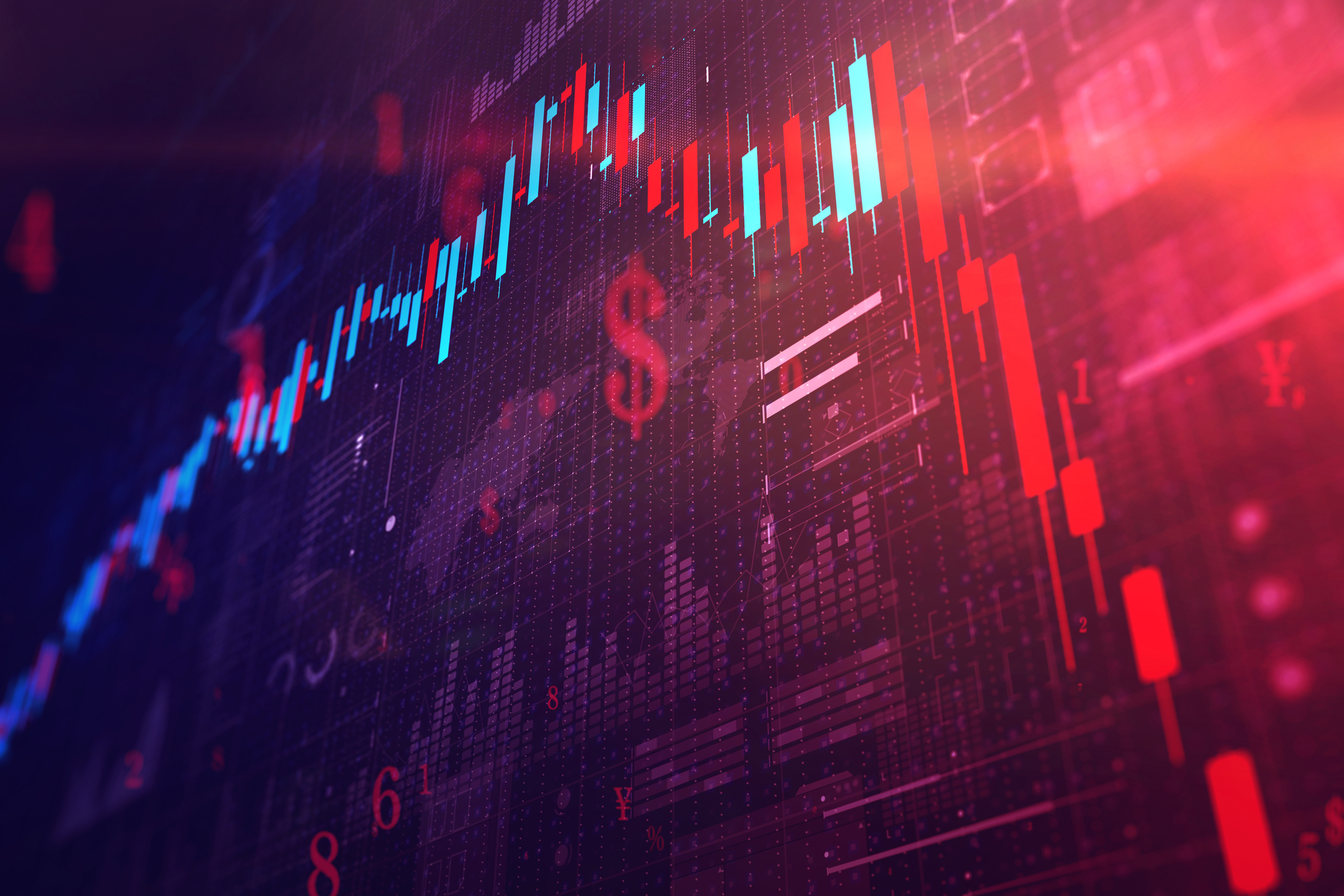 Dow Falls 557 Points to Start NVDA Week: Stock Market Today
Dow Falls 557 Points to Start NVDA Week: Stock Market TodayThe Oracle of Omaha saw growth and value in certain corners of the stock market during the third quarter.
-
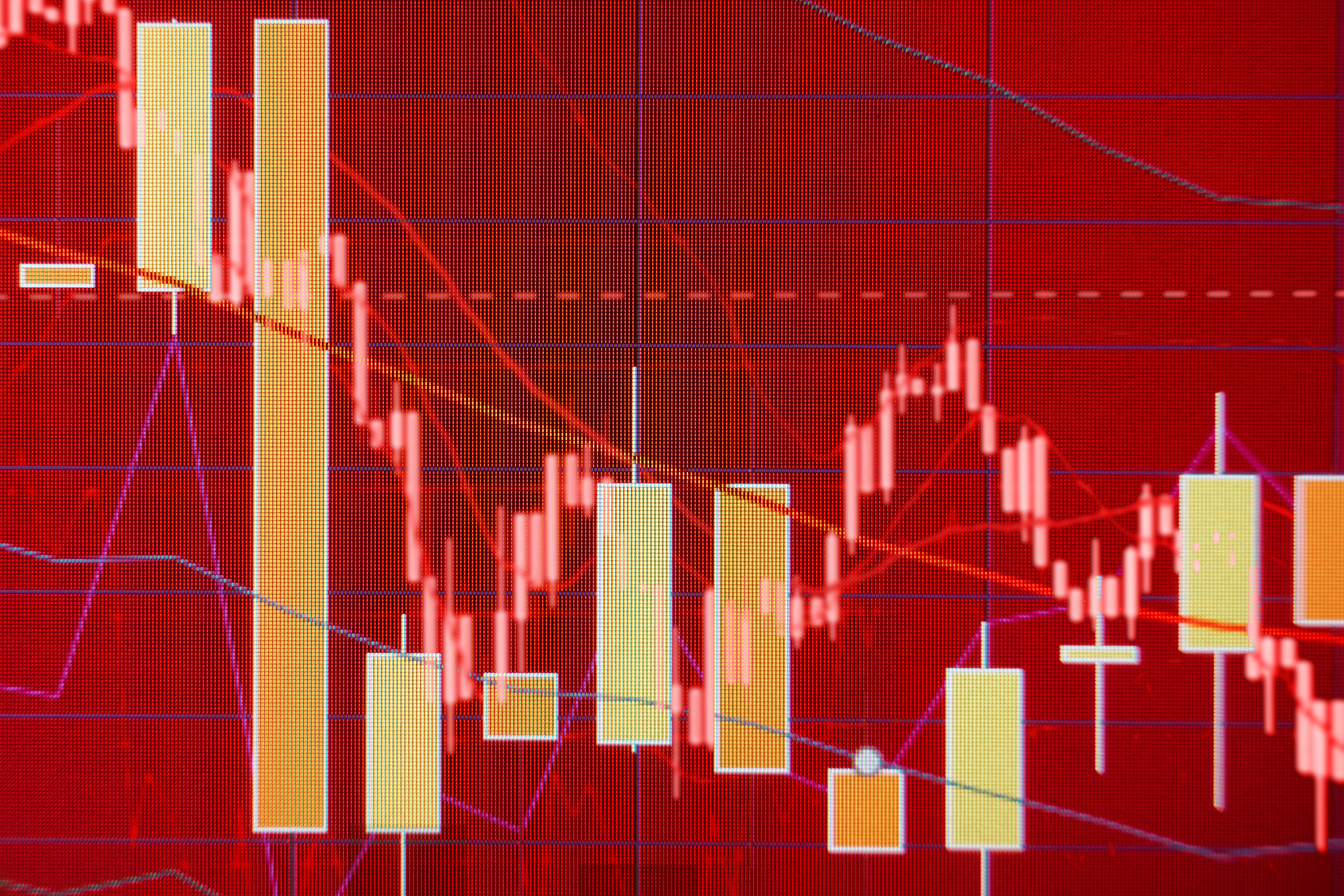 Dow Dives 797 Points as Government Opens: Stock Market Today
Dow Dives 797 Points as Government Opens: Stock Market TodayThe process of pricing and re-pricing realities old and new never stops, and next week promises to be at least as exciting as this week.